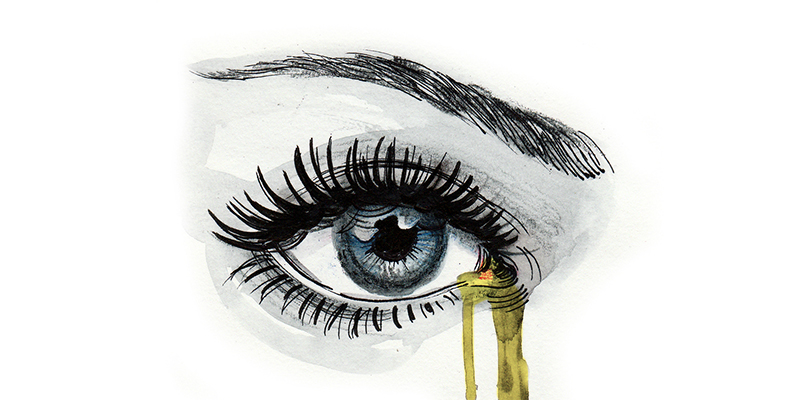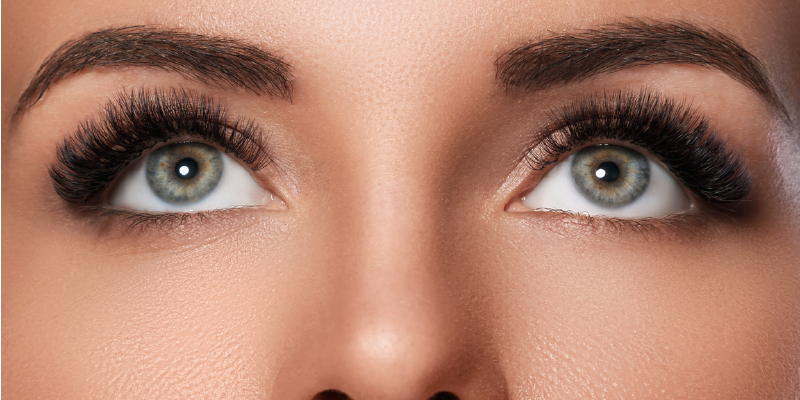Human eyes are sensitive and can easily be harmed by the various pollutants in the air. These irritants include carbon monoxide — which is emitted from automobiles and heaters, nitrogen dioxide — which is emitted from automobiles and factories, particulate matter which includes coarse and fine particles, and sulphur dioxide which is created by industrial processes at factories. Other pollutants that could harm your eyes include asbestos, arsenic, benzene, dioxin, and lead.
The effects of exposure to these irritants cause a variety of symptoms ranging from slight discomfort to serious physical discomfort that lasts the rest of a person’s life. Some of the most common signs of irritation include burning sensation, dryness, itchiness, redness, and watery eyes.
Various medical studies have found that in locations with a large amount of air pollution, a person’s eyes are at great risk of contracting several serious medical conditions. This article will review some of the steps that a person can take to reduce the effects of irritants in the air as well as what can be done to decrease these problems.
Step # 1 – Remain Indoors While Pollution Levels Are High

If you notice that there are a large amount of irritants in the environment, it is a wise idea to reduce the amount of time that you spend outside. Many people who live in urban centers experience irritation from pollution in the air in the form of fog and smoke.
The exact reason why pollution harms people’s eyes has not yet been determined. Some medical researchers, however, believe that the lack of humidity in very polluted areas can damage a person’s eyes. Another reason may be increased amounts of UV radiation in the atmosphere, which is a contributing factor in causing several eye disorders, including cancer of the skin around the eye, cataracts, and macular degeneration.
Indoor irritations include tobacco and household chemicals, such as cleaning supplies.
Chemicals that can potentially harm a person’s eyes are required to contain warnings, but companies do not always follow these requirements. Some of these chemicals include bleach, kitchen cleaning liquids, nail polish remover, plumbing clog removal chemicals, and super glue. You should remember to exercise utmost caution when using these and other corrosive chemicals.
Step # 2 – Take Proper Precautions
If you must go outside, you should make sure to take proper precautions. Some of the preventative steps that you should take include wearing sunglasses while you are outdoors to block out the sun, remaining up to date with smog alerts and the daily air quality index, washing your hands frequently, eating a diet which is high in Omega 3 fatty acids and includes foods like carrots, fish, and spinach, remaining hydrated, using lubricating eye drops, avoiding smoking— which greatly increases the chance that your eyes will become dehydrated, and using a high-quality air filter in your home to keep out pollutants.
Step # 3 – Know How to Handle Contact Lenses

If you wear contacts, there are some important steps that you should follow to reduce the effects that irritants might have on your eyes. These steps include using eye drops when necessary and properly disinfecting contact lenses. If your eyes do become irritated while wearing contacts, you should immediately remove the lenses with clean hands and rinse the contacts before storing in solution.
Step # 4 – Understand How Medical Professionals Treat Irritated Eyes
In cases of mild eye irritation, many eye care professionals recommend the use of artificial tears, which can be used to make sure that a person’s eyes retain moisture. In other cases, an ophthalmologist might prescribe medications or ointments. Sometimes, an eye care professional might insert a permanent or temporary plug into a person’s eye to prevent tears from draining too quickly. In severe cases, a person might require tear duct surgery to help repair drainage.
Step # 5 – How Air Pollution Accelerates Dry Eye Syndrome
Living in areas with high amounts of air pollution increases the risk of dry eye syndrome. It remains uncertain, however, exactly why air pollution causes dry eye syndrome. Aerosol optical depth and atmospheric pressure, however, are strong indicators of whether a person will be impacted by dry eye syndrome. One of the great challenges presented by dry eye syndrome is that the condition is hard to treat and often results in a person being uncomfortable for several days or weeks.
Learn Why People Recommend Cliradex

A large number of adults each year experience eye discomfort due to irritants in the environment. Realize the secrets that others have discovered today, which is that foams and wipes manufactured by Cliradex can be helpful in treating eyes that have been harmed by pollution.
Feel free to look around our website to discover the Cliradex product that is most likely to work for you.




